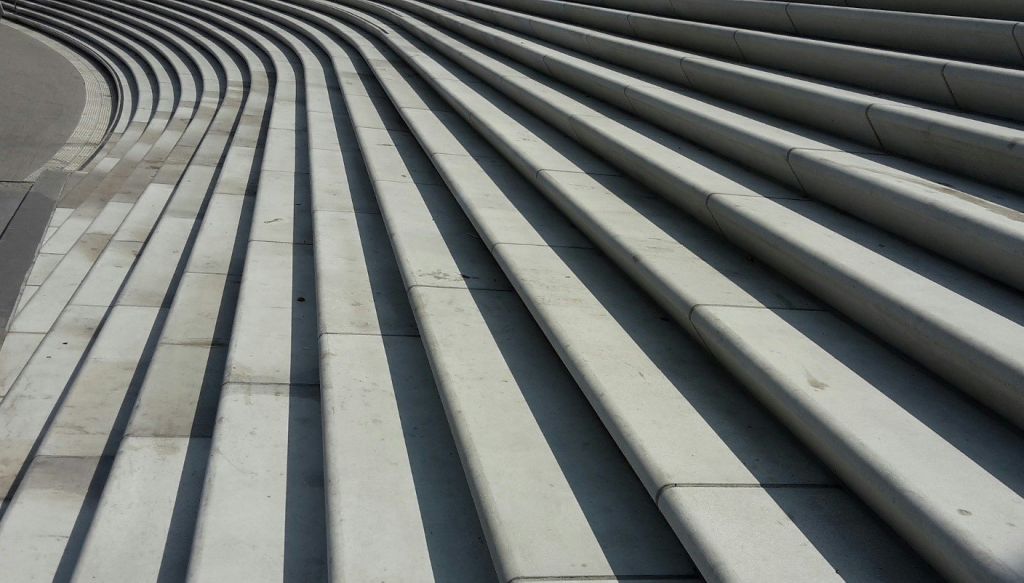In the early 1900s, an English engineer named John Alexander Brody discovered that concrete could be precast and then moved to wherever it needed to be installed. He was the first person to have a patent for the process of creating precast concrete products.
Then, in the middle of the century, the Walnut Lane Memorial Bridge was built in Philadelphia, the first significant precast concrete piece of construction in the U.S. After that, the precast industry took off. And ever since, precast concrete has been a major part of the modern building industry.
So, what exactly is precast concrete?
What is Precast Concrete?
Simply put, precast concrete is concrete that has been cast somewhere other than the location where it will eventually be situated. An item might be precast for any number of reasons. For example, some concrete lawn décor, such as benches or large flowerpots, is cast in a factory where thousands of pieces can be made at the same time. Then, they are transferred to a retail store where they can be sold.
However, these aren’t the only places where you can find precast concrete. It’s also used in bridge beams, culverts, foundation walls, steps, fencing, septic tanks, and more. And when you start to look, you’ll discover that precast concrete can be a small as a parking curb or as large as an apartment’s structural column.
So, precast concrete can come in any shape or size that you could possibly imagine. This makes it a versatile and affordable option for those who need to create uniform concrete products or structures.
How is Precast Concrete Made?
Precast concrete is created by pouring concrete into a wooden or steel cast, often with wire mesh or rebar inside. Then, it’s secured in a stable environment. For smaller pieces, this will likely be a plant or factory. Once the curing process is over, the precast concrete will be transported to the construction site or a retail store where it can be sold.
What are the Benefits of Precast Concrete?
Precast concrete has many different benefits. Rather than worrying with pouring concrete on site and waiting for it to cure, you can bring in precast concrete to meet your needs immediately.
In addition, the flexibility of being able to shape your concrete anyway you need, and of finishing it with the appropriate colors and texture make it an unbeatable option when you need multiple, similar concrete items created.
And since precast concrete is produced in a stable, controlled environment, there is little chance that outside variables will wreak havoc on the quality of your final product. You can be sure that every one of your items will be cured uniformly.
If you choose to go with precast concrete, you’ll need to choose a manufacturer that can produce the concrete item that you need. If you don’t choose a reputable business, you may lose some of the valuable benefits of precast concrete. So, make sure to do your due diligence when searching for the perfect precast concrete manufacturer for you.

